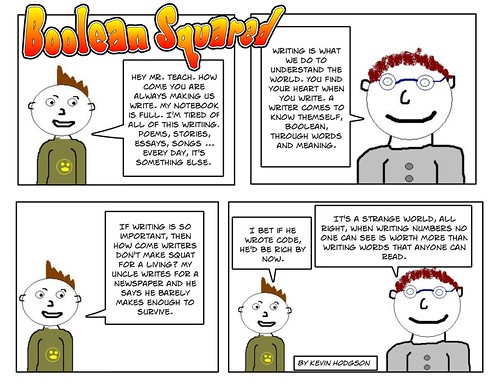
I’ve been thinking of my writing process when it comes to using Storybird for creating my 7 picture books in 7 days, as part of Paula Yoo’s challenge. Honestly, I could not have even considered this challenge if I had to do the art, and my hats go off to anyone who has been able to keep the pace. Even Paula has been reflecting on the challenge of the challenge.
I decided early on to use Storybird, which provides you with illustrations and a book-creator tool. You write the story, constructed out of the images at the site. There is a wide selection of art, and styles. The end result is an e-book that you can embed in other sites as well as become part of the Storybird community.
I purposely went into each day with no story idea whatsoever. None. I really wanted to find a story as I discovered the illustrations, which is an odd way of going about writing a book, if you think about it. Mostly, we write stories from idea that germinate in our minds or come from characters that start to live a bit in our imagination.
I avoided that. Purposely. I felt as if I were backing in, using some sort of reverse writing.
I would wander around the Storybird collections, trying to find some art that piqued my interest and then I would slowly formulate a story idea. A lot of times, it was nothing but dead ends. The story didn’t always hold or gel. I tried not to think of audience, either, which is another no-no for writing stories, right? We are often told to keep our intended audience in front of us. Here, I kept the audience behind me and only at the end, when Storybird prompted me, did I even think about who my story might be a appropriate for.
The result is a series of hits and misses this week.
I really liked the first book — MoonSong — and I enjoyed the one about a girl dreaming of her future — Remember — but wished I had done a better job with another — To Dance is To Disappear (I couldn’t find the right rhythm consistent with what I was trying to convey about the creative process of dancing) — and I thought two of the books to be too cute with not enough substance — The Best Ice Cream in the Galaxy and Go Outside and Play! — while another one tried to teach a lesson but got too bogged down on me — The Boy with the Angry Stomach (although I did have fun with “voice” in that one, particularly the talking piece of bread and the invisible audience of listeners).
One of my stories completely and utterly derailed itself midway through. It was an odd one about a girl who has been shipwrecked, and is now all alone, but is discovered by the forest animals who lead her to a house situated on top of a mountain. That’s as far as I got because none of the illustrations led me any farther into my story narrative and I could not for the life of me figure out how to get this girl moving forward in any feasible direction of the narrative. Here, instead of being inspired by the art, I was held back, and the story died in the draft bin.
All in all, it was fun to do this challenge, but it was a challenge. I have one more book in the bin for tomorrow, the seventh day. It’s no award winner. It’s about how to write a story. Come back tomorrow and check it out, if you have a minute.
Peace (in the reflection),
Kevin

